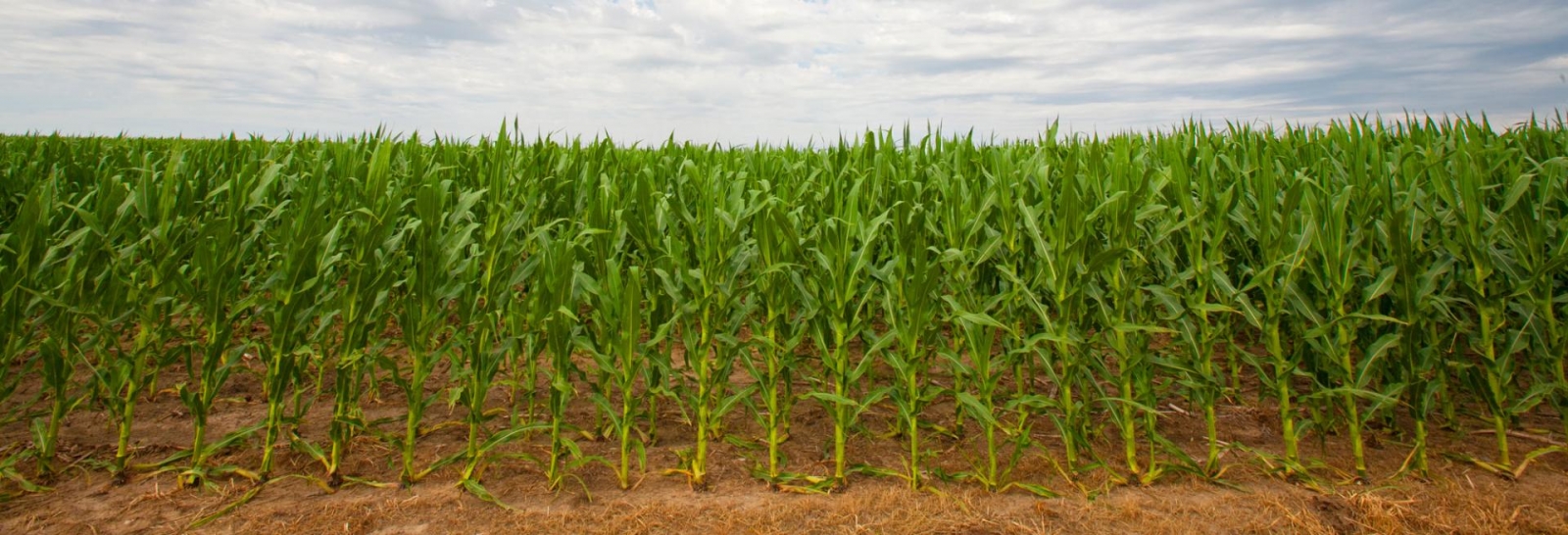Fall Grazing of Alfalfa
Every fall, there can be some situations where there can be the potential to graze alfalfa. In some cases, the alfalfa may not have been big enough to warrant haying, or maybe you have an alfalfa field that is adjacent to some cornstalks. A side benefit is that grazing alfalfa in late fall or winter can reduce alfalfa weevil infestations by removing stems and plant parts that serve as a wintering site or a spring laying site for weevil eggs.
Even through late October and into November, alfalfa is still quite green, despite several nights with low temperatures in the 20s. There may be some wilting and yellowing, especially on the top, but most leaves still are attached to the plant stems.
The real question often being asked is, "Can I be sure my cows won’t bloat if they graze my alfalfa?" To be quite honest, you can never be 100% certain that alfalfa won’t cause bloat. Bloat occurs in ruminant livestock when gas produced during fermentation becomes trapped inside the rumen.
Bloat risk is much lower a week after a hard freeze that causes wilting. But always use good management methods to reduce the risk further. Have cows full before turning out to alfalfa. Wait until mid-day, after frost or dew is gone, before turning out. Provide other dry, palatable feeds or even bloat retardants. And keep a close eye on them for the first couple days.
Alfalfa can be grazed safely. Just be careful and realistic.
Frosted Sorghum and Prussic Acid
As fall progresses, temperatures continue to drop and chances of a freeze grows. When frost hits the Great Plains and Midwest, do you know the impact on forages and how livestock can be kept safe?
Short-term freezing temperatures may cause sorghum species such as sorghum-sudangrass or any grain (milo) or forage sorghum to become lethal to livestock. Prussic acid forms when plant cell membranes are broken due to freezing and allows the chemicals in the cells to mix. This forms a cyanide compound that can be deadly to livestock if consumed. Sudangrasses have the lowest risk, while forage and grain sorghum have the highest. The millet species do not have prussic acid issues.
The good news is that after five days, the toxic chemicals dissipate into the air. Every time there is a freeze (without temperatures low enough to completely kill the plants), that five-day clock resets — just like the 30-minute lightening delay at football games. The new growth on sorghums that have had frost damage are very dangerous, as they have the highest concentrations of prussic acid.
If there is a chance of freezing temperatures, remove livestock from the pasture and wait five days before grazing once again. The hours immediately after a frost have the highest level of toxic compounds. If there is regrowth in the days after a freeze, wait to begin grazing until those shoots are 15-18 inches tall or five days after the plant has been completely killed by the frost. If sorghum family plants have had extra nitrogen applied or are growing in high nitrogen soils, the risk of prussic acid is even higher.

